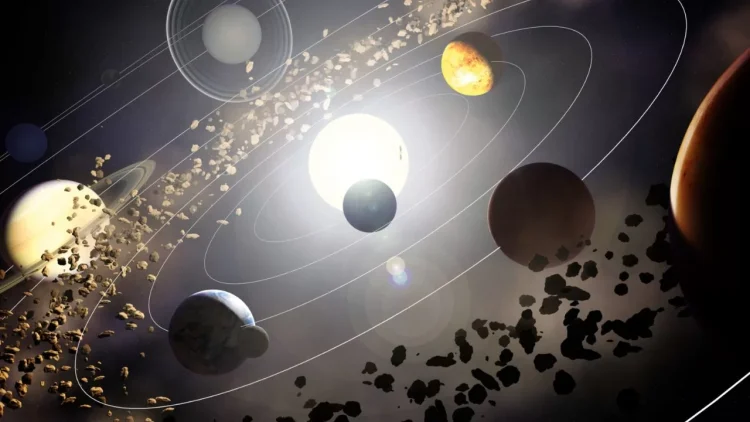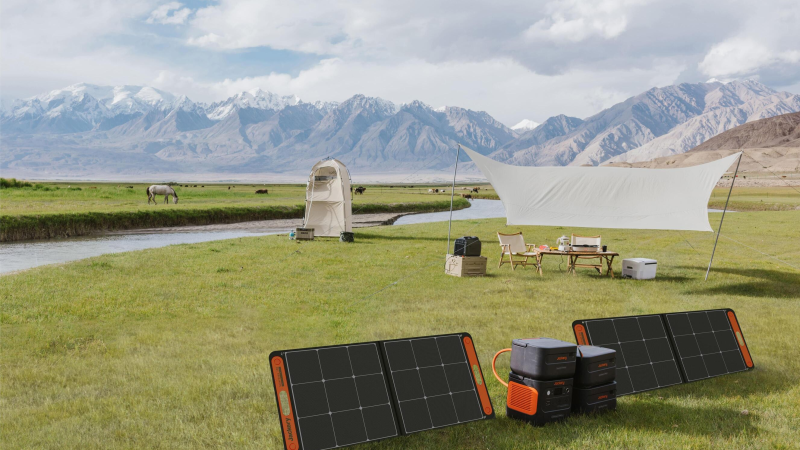Unveiling the Cosmic Waltz: How Fast Is Earth Spinning?

The Earth, our home in the vast expanse of the cosmos, is a dynamic celestial body engaged in an intricate dance with the universe. One of the fundamental aspects of this cosmic ballet is the Earth’s rotation, a motion that imparts day and night. But have you ever wondered just how fast our planet is spinning? In this exploration, we will unravel the mysteries of Earth’s rotation, diving into the numbers and phenomena that define the speed at which our world whirls through space.
Understanding Earth’s Rotation:
Earth spins on its axis, an imaginary line that runs from the North Pole to the South Pole, passing through the center of the planet. This rotation is responsible for the alternation between day and night. The axis is tilted at an angle of approximately 23.5 degrees relative to its orbit around the Sun, giving rise to the seasons.
The Speed of Earth’s Rotation:
To determine the speed of Earth’s rotation, we can examine its equatorial rotation speed, which is faster than at higher latitudes. At the equator, Earth rotates at a speed of approximately 1670 kilometers per hour (km/h) or 1037 miles per hour (mph). This rapid rotational speed is a result of the Earth’s larger circumference at the equator compared to near the poles.
The Earth’s Circumference:
The Earth’s equatorial circumference is about 40,075 kilometers (24,901 miles). To visualize this, imagine a point on the equator covering a distance of roughly 40,075 kilometers in just 24 hours. This means that, at the equator, an object is moving at a speed of approximately 1670 km/h due to Earth’s rotation.
Comparative Rotation Speed:
Understanding Earth’s rotation speed becomes more apparent when compared to other celestial bodies. For instance, the Moon, Earth’s natural satellite, rotates at a much slower pace. The Moon completes one rotation on its axis in about 27.3 days, which is also the time it takes to complete one orbit around Earth. In contrast, Earth completes a full rotation in just 24 hours.
Implications of Earth’s Rotation:
The speed at which Earth rotates has various implications for the planet’s climate, geology, and even human activities. The Coriolis effect, for example, is a consequence of Earth’s rotation that influences atmospheric and oceanic circulation patterns. This effect is responsible for the rotation of weather systems and ocean currents, impacting global climate and weather phenomena.
Day and Night Cycle:
The Earth’s rotation is the primary reason behind the day and night cycle. As the planet spins, different parts receive varying amounts of sunlight. The side facing the Sun experiences daylight, while the opposite side is plunged into darkness. This rotation allows for the cyclic pattern of sunrise and sunset that we observe daily.
Variation in Rotation Speed:
While the equator experiences the highest rotation speed, the rotational speed decreases as one moves towards the poles. At the poles, Earth’s rotation speed is effectively zero, as a point at the pole only rotates in place without covering any distance along the Earth’s surface. This variation in rotation speed has implications for navigation, satellite launches, and even timekeeping.
Impact on Gravity:
Earth’s rotation also has a subtle effect on gravity. The centrifugal force resulting from the planet’s rotation causes a slight outward bulge at the equator, making the Earth slightly oblate rather than a perfect sphere. This variation in gravitational force can impact the accuracy of certain measurements and calculations.
Historical Perspective:
The understanding of Earth’s rotation and its speed has evolved over centuries. Ancient astronomers like Claudius Ptolemy and Nicolaus Copernicus made significant contributions to our understanding of celestial motion. It was through the observations and calculations of these pioneers that we gained insights into the Earth’s rotation and its role in the broader cosmos.
Technological Advances:
Advancements in technology, particularly in the field of astronomy and space exploration, have allowed scientists to measure and monitor Earth’s rotation more accurately. Satellite-based instruments, such as those used in the Global Positioning System (GPS), rely on precise timing that takes into account the effects of Earth’s rotation.
Conclusion:
The speed at which Earth rotates is a fundamental aspect of our planet’s existence, influencing everything from our daily lives to the broader forces shaping the climate. As we marvel at the celestial dance that unfolds above us, understanding Earth’s rotation provides us with a deeper appreciation for the intricate workings of our cosmic home. So, the next time you watch the sunset or gaze at the stars, remember that you are witnessing the result of Earth’s ceaseless and elegant spin through the vastness of space.
-
Q: How fast is the Earth spinning on its axis?
A: The Earth’s rotational speed varies depending on your location. At the equator, it spins at approximately 1670 kilometers per hour (km/h) or 1037 miles per hour (mph). This speed decreases towards the poles, reaching zero at the poles.
-
Q: What causes the Earth to spin?
A: Earth’s rotation is a result of the angular momentum it gained during its formation. As the dust and gas in the early solar system collapsed to form Earth, the conservation of angular momentum caused the planet to start spinning.
-
Q: Does the Earth’s rotation affect gravity?
A: Yes, Earth’s rotation has a subtle impact on gravity. The centrifugal force generated by the rotation causes a slight bulge at the equator, making the Earth slightly oblate. This variation in mass distribution affects gravitational forces.
-
Q: How does the Earth’s rotation influence day and night?
A: Earth’s rotation is responsible for the day and night cycle. As the planet rotates, different parts receive varying amounts of sunlight. The side facing the Sun experiences daylight, while the opposite side is in darkness.
-
Q: How does the Coriolis effect relate to Earth’s rotation?
A: The Coriolis effect is a result of Earth’s rotation and its impact on moving objects. It causes a deflection to the right in the Northern Hemisphere and to the left in the Southern Hemisphere. This effect influences atmospheric and oceanic circulation patterns.
-
Q: How has technology helped measure Earth’s rotation speed?
A: Technological advancements, especially in astronomy and space exploration, have allowed scientists to measure Earth’s rotation more accurately. Satellite-based instruments, such as those in the Global Positioning System (GPS), rely on precise timing that accounts for Earth’s rotation.
-
Q: Can the Earth’s rotation speed change over time?
A: Earth’s rotation speed can be influenced by various factors, including changes in atmospheric pressure, redistribution of ocean currents, and even geological events. However, these changes are typically gradual and have minimal impact on our daily lives.
-
Q: How does Earth’s rotation affect navigation and satellite launches?
A: The variation in rotation speed from the equator to the poles can impact navigation and satellite launches. Launching from near the equator provides a natural boost because of the higher rotational speed, making it more energy-efficient for satellite launches.
-
Q: What is the significance of understanding Earth’s rotation speed?
A: Understanding Earth’s rotation is crucial for various scientific fields. It influences climate patterns, ocean currents, and even the design of satellite-based technologies. It also provides a fundamental understanding of our planet’s place in the cosmos.
-
Q: How did early astronomers contribute to our understanding of Earth’s rotation?
A: Early astronomers like Claudius Ptolemy and Nicolaus Copernicus laid the foundation for our understanding of celestial motion, including Earth’s rotation. Their observations and calculations helped us comprehend the dynamic nature of our planet in the context of the solar system.





